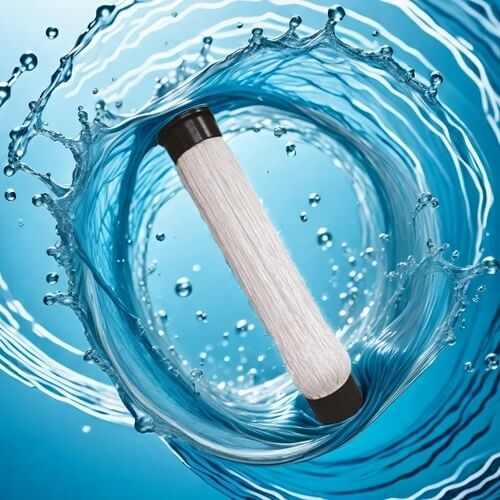Selection of rubber wastewater treatment methods
Due to its complex composition and difficulty in biodegradation, rubber wastewater is difficult to treat. Choosing a suitable treatment method is crucial to achieving standard discharge.
1. Physicochemical pretreatment
Physicochemical pretreatment mainly includes coagulation sedimentation and flotation, which are used to remove suspended matter and colloids in rubber wastewater. By adding coagulants and coagulants, pollutants are flocculated or floated to the surface of the water for removal. This step can effectively reduce the load of subsequent biochemical treatment.
2. Biological treatment
Biological treatment is the core link of rubber wastewater treatment. Common biological treatment methods are:
Activated sludge method: using microorganisms in sludge to degrade organic matter.
Biofilm method: using microorganisms on biofilm to adsorb and degrade organic matter, with high treatment efficiency and stability.
Immobilized microbial technology: fixing microorganisms on specific materials to form biological carriers and improve the biodegradability of microorganisms.

3. Anaerobic treatment
Anaerobic treatment can initially degrade macromolecules, refractory organic matter and other organic matter in rubber wastewater, improve the biodegradability of wastewater, and create conditions for subsequent aerobic treatment. Anaerobic treatment can convert organic matter into H2O, CO2 and CH4.
4. Advanced oxidation technology
For refractory organic matter or color substances in rubber wastewater, advanced oxidation technology can be used for deep treatment. Advanced oxidation technology includes ozone oxidation, hydrogen peroxide oxidation and ultraviolet light oxidation, which can further degrade organic matter into harmless substances and improve the water quality of wastewater.
5. Membrane separation technology
Membrane separation technology can be used for the concentration and reuse of rubber wastewater. Through the selective permeation of the membrane, the water and dissolved substances in the wastewater can be separated to achieve water resource conservation and improve the wastewater treatment effect.
In summary, the treatment of rubber wastewater requires a combined process of “physical and chemical pretreatment + anaerobic + aerobic + physicochemical deep treatment”. By rationally selecting each treatment unit, various pollutants in wastewater can be effectively removed to meet emission standards.
